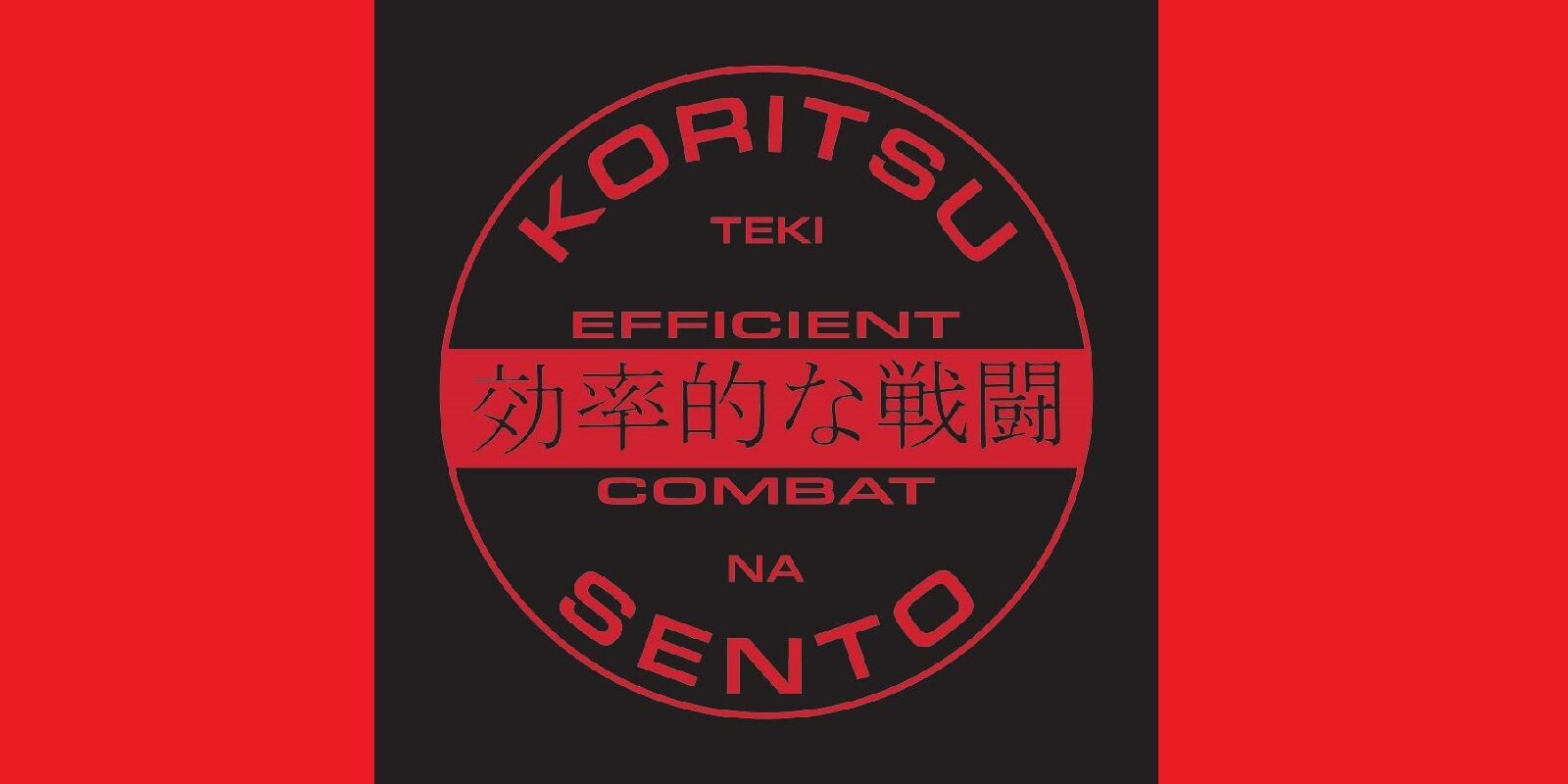March 29 | 2022

When you’ve studied the martial arts for half a century; you’ve served as a soldier, a street cop, a SWAT officer, a counterterrorist agent, a bodyguard and a private security officer; and you’ve taught warriors from a variety of fighting systems in 20 countries, you’re bound to discover some of the truths of combat.
You have probably guessed that the opening paragraph pertains to my career. I wrote it as a lead-in to this post about punching the human head because I’m certain that I have discovered the secrets to delivering a knockout punch, and I’m going to teach them to you.
Correction! Actually, there are no secrets when it comes to effective punching. It’s merely a matter of knowing and applying the nine “elements of an arm strike with fists.” Let’s go through those elements one by one.
1. START FROM AN IMMINENT-CONFLICT STANCE
To throw a good punch, you must begin from a proper stance. The “imminent-conflict stance” is one that has your body bladed roughly at a 45-degree angle facing the enemy — just like a Roman Legionnaire, a Western boxer or a U.S. Marine in the MCMAP system.
Your weight is even distributed on your legs, your knees are slightly bent, your torso is leaning slightly forward and your arms are up in front of you with your hands making tight fists (which also protects the bones in your wrists and arms because of the tensed muscles).
I won’t get into the controversy that revolves around whether it’s better to strike with a closed fist or an open hand. This topic will be addressed another day. For now, let’s assume that you’re about to unload on the enemy with your fists, that your leading elbow is bent and that your lead fist is in front of your face just below eye level. You should be able to look over the top of your fist as if it were the front sight of a gun.
Your rear fist is in a cheek-weld position. This means that it’s touching your cheekbone, and it should stay there until it’s launched so it can protect the side of your head while your elbow protects your rib cage.
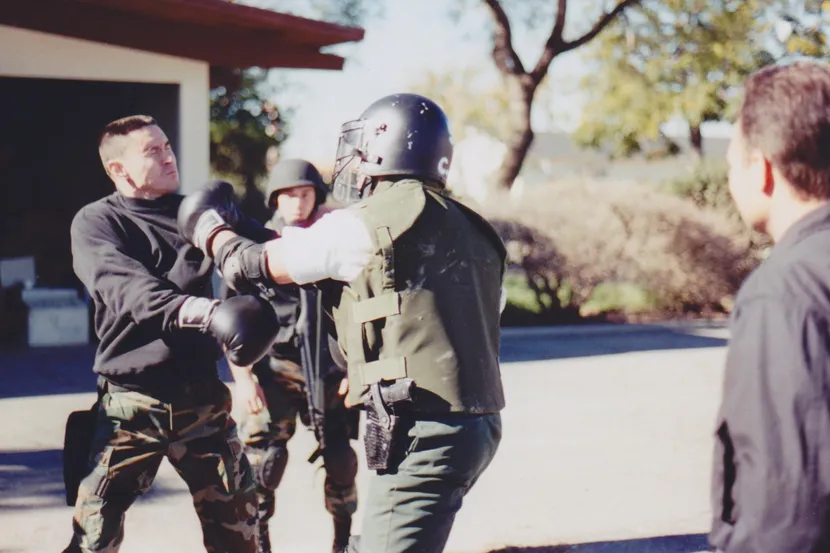
2. ADVANCE TO STRIKE
When you launch a strike with your fist, you must step into the punch in the direction of the enemy, even if that advancement is only an inch or two. You must “take the enemy’s ground.” You need to be standing where the enemy is standing, whether your counterattack is merely a hit-and-run tactic or you’re going in to stay and occupy. You want the enemy retreating while you’re advancing.
If you need a concise way to express this tactic, it’s encapsulated in the Hebrew word kadima, which translates as “Forward!” When I was a guest instructor at the Wingate Institute on the military side of the institute called Bahad 8, the birthplace of krav maga, I kept hearing my Israeli soldier-students yell out “Kadima!” before doing what I ordered them to do. This is the philosophy that wins battles, and I like it.
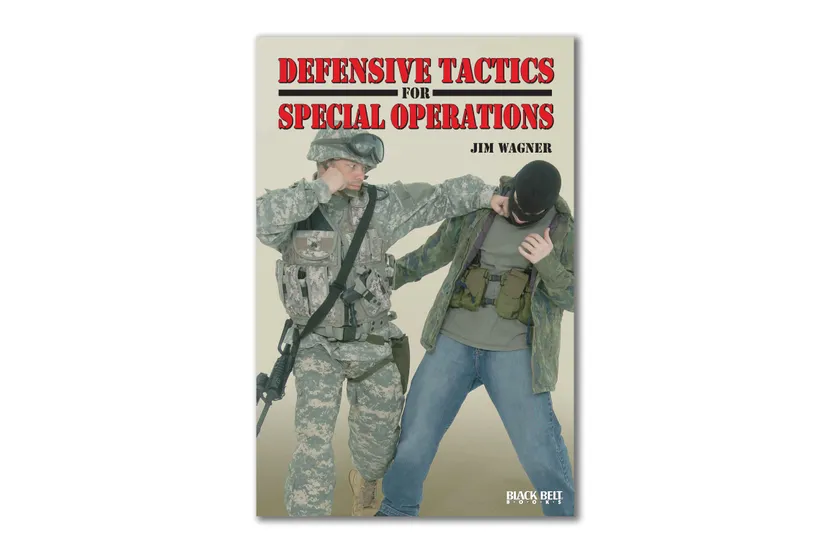
3. STRAIGHT-LINE TRAJECTORY
Think of your fists as pistons in an internal-combustion engine. They move back and forth along a straight line inside the cylinders. So, too, should your fists. They should travel to the target and return, straight there and back. The principle is called economy of motion.
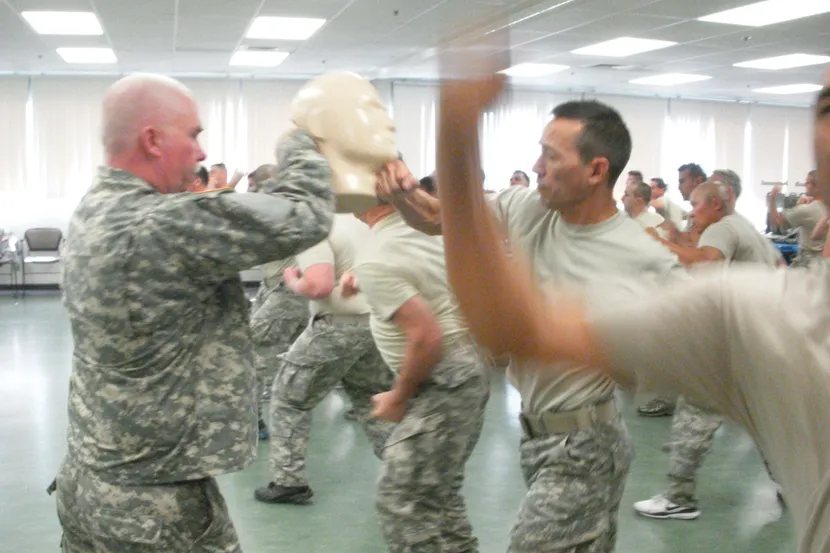
4. STOPPING POWER
When you drive your fists into the enemy’s face, the purpose is to stop him. If the contact is too light, he’ll keep coming, and that’s dangerous. Every second the fight continues is another second he can hurt you. Therefore, to stop the enemy, your punch must have stopping power. That means maximum power delivered at maximum speed.
The notion of stopping power is popular in the firearms world, where I also work as an instructor. I decided it would be beneficial for those who are learning how to punch. Using the firearms comparison: If you get hit with a 9mm bullet, it will hurt or kill you. However, 9mm bullets don’t punch big holes in people, and many who have been shot with this caliber have survived.
In contrast, if you get hit with a .45-caliber bullet, it will leave a big hole — or maybe rip part of your limb off. A .45-caliber bullet is known for its stopping power. It’s likely to knock you down no matter where it hits.
5. CENTER MASS
In a fight, the enemy’s head will be moving to some degree, and to avoid missing it or possibly having your blow glance off the skull, you need to aim for center mass, which is another term from the firearms world.
The center of the human face is between the tip of the nose and the top of the upper lip. The center of the side of the human head is just in front of the ear at the temple.
Note: The center of the back of the head is between the top of the head and the base of the neck. However, nothing is there but hard bone, and punching it is likely to break bones in your hand. Therefore, because of human anatomy and the need for a viable target, center mass for the back of the head shifts downward. The target area starts at the base of the skull and extends down to the shoulder line. Of course, if you strike someone in the back of the head, it had better be because your life is in danger. Otherwise, the law will consider it a deadly force blow.
Aiming for center mass, regardless of which side of the head you’re aiming for, increases your chance of hitting some part of the target even though it’s probably moving off the center line. That’s better than hitting nothing at all.

6. TARGET PENETRATION
You don’t ever want to hit just the surface of your target. Your goal is not to break the enemy’s nose or jaw; it’s to penetrate through the head. Obviously, this is physically impossible, but trying to do so guarantees the hardest blow that can be delivered.
It’s the same principle as kicking in a locked door. You don’t want to kick the surface of the door and maybe crack it. Your actual target is on the other side of the door a few inches beyond the back panel.
Likewise, the endpoint of your punch should be on the other side of the enemy’s head, and everything in between is merely in the way. When penetration is achieved, the punching principles of advancement, straight-line trajectory and stopping power will be automatic.
7. AVOID A PAUSE IN CONFLICT
When you commit to striking the enemy, you want to avoid pausing. Yes, at some point in a fight — be it two armies on a battlefield or two people in a fistfight — there will be pauses. For your initial counterattack, however, you want to keep landing blows until the enemy stops and no longer poses a threat.
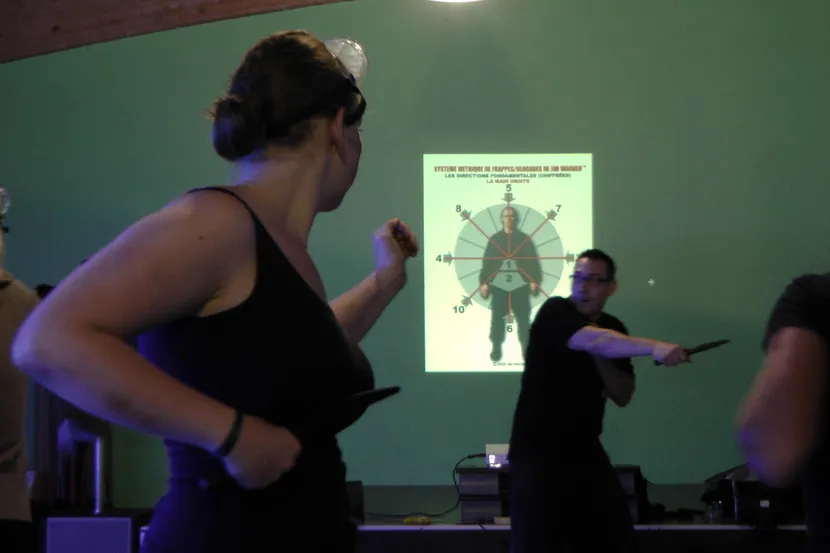
8. RECOVERY PHASE
After throwing the desired number of punches at the enemy’s head, you must quickly reposition yourself for the next technique or tactic that does not involve the fists. This transitional phase is not a pause in conflict; it is the recovery phase of punching.
9. FOLLOW THROUGH
Immediately following the recovery phase, in which you’ve momentarily positioned your body to execute the next technique or tactic, you might, for example, seamlessly go from punching to thrusting your knee into the enemy’s pelvis. Of course, to be able to quickly think on your feet in the fog of war, you must train this way, and there’s nothing better for this than realistic scenarios. Sparring is not a realistic scenario.
Punching someone is not rocket science. The concept is elementary. Strike the enemy’s head as hard and fast as you can with the knuckles of your index and middle fingers.
Obviously, a small or weak person may not be able to knock out a bigger, stronger or more-skilled enemy. Everybody, and I mean every body, has his or her physical limitations. Yet even a small woman can prevail against a hardcore criminal if she takes these elements of executing an arm strike with fists and substitutes a knife for a fist. Now, that woman can survive the attack.
Clearly, the tool makes all the difference in the world. OK, in your jurisdiction, maybe knives are illegal to carry. Use a calligraphy pen instead. Recall the concept of “one mind, any weapon.” If you’re not familiar with this, see my article on BlackBeltMag.com.
Of course, the mechanical portion of punching someone in the head — or shoving a knife into an attacker — is the easy part. The hard part is the mental aspect. To survive an attack and achieve victory, you’ll also need courage, determination, aggression and the will to survive.
BE A HARD TARGET
